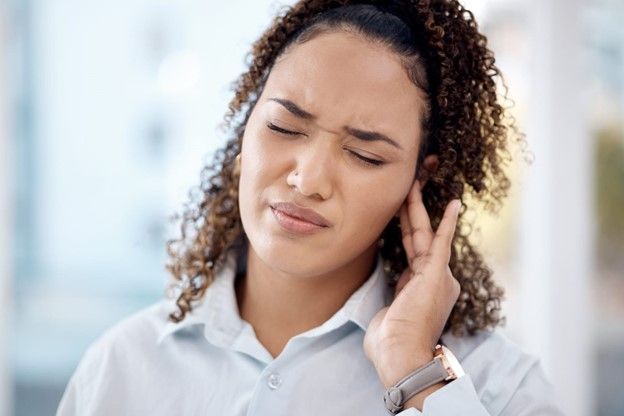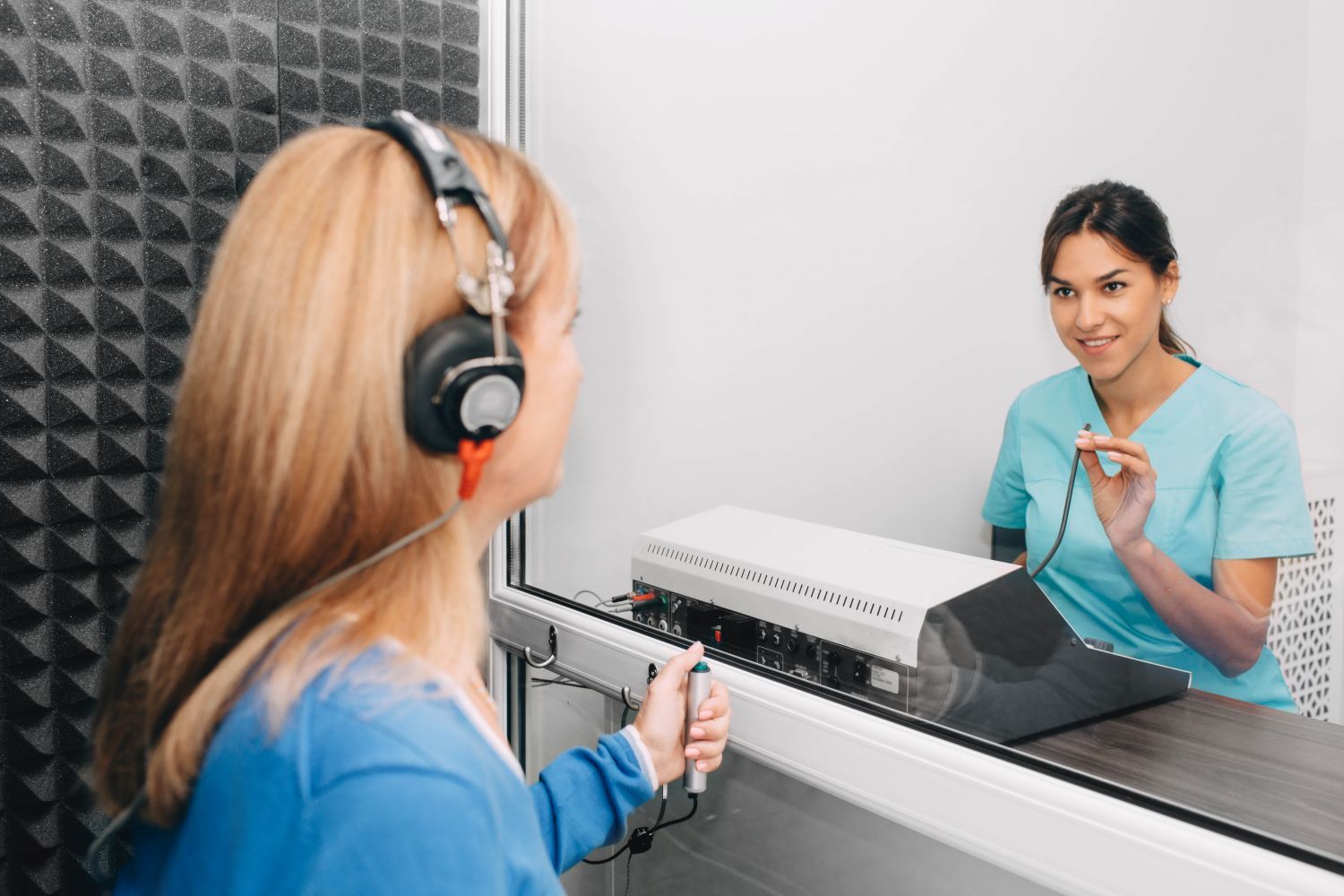How to Prevent and Treat Swimmer’s Ear
Nothing ruins summer fun faster than the sharp, throbbing pain of swimmer’s ear. Whether you’re a pool enthusiast, beach lover, or simply someone who enjoys a long shower, this common infection can strike when water lingers in your ear canal, creating a breeding ground for bacteria or fungi.
The good news? Swimmer’s ear is both preventable and treatable. Read on to learn about its causes, symptoms, prevention strategies, and the most effective treatment options—so you can enjoy the water without the pain.
What Is Swimmer’s Ear?
Swimmer’s ear, medically known as otitis externa, is an infection of the outer ear canal, the tube that connects the outer ear to the eardrum. It typically occurs when moisture remains trapped in the ear, breaking down the skin’s natural protective barrier and allowing bacteria or fungi to multiply.
Unlike middle ear infections (which occur behind the eardrum and are often linked to colds), swimmer’s ear affects the external ear canal and is directly tied to water exposure, humidity, or ear trauma.
Who’s Most at Risk?
While anyone can develop swimmer’s ear, certain groups are more susceptible:
- Frequent swimmers, surfers, and water sports enthusiasts (prolonged water exposure increases risk)
- Children (their narrower ear canals trap moisture more easily)
- People who use earbuds, hearing aids, or cotton swabs (all of which can scratch the ear canal and invite infection)
- Individuals with eczema, psoriasis, or sensitive skin (compromised skin barriers invite bacterial growth)
Signs You Might Have Swimmer’s Ear
Keep an eye out for these telltale signs:
- Itchy ear—the first sign something’s up!
- Pain—especially when you tug your earlobe.
- Redness and swelling—if your ear canal looks irritated.
- Fluid drainage—clear, yellow, or pus-like fluid.
- Muffled hearing—if the canal swells shut.
How to Prevent Swimmer’s Ear
Prevention is your best bet, and it's easy to stay on top of it. Here's how to keep your ears dry and infection-free:
1. Dry Your Ears Thoroughly
- After swimming or showering, tilt your head sideways and gently pull your earlobe to help water drain.
- Use a soft towel to dry the outer ear—never insert anything into the ear canal.
- For stubborn moisture, use a hair dryer on the lowest setting (hold at least 12 inches away) for 30 seconds.
2. Use Ear Protection
- Waterproof earplugs, swim caps, or even custom-fitted swim molds can keep water out when you’re in the water.
3. Don’t Over-Clean Your Ears
- Say no to cotton swabs—they push wax deeper into the ear and can scratch the canal.
- Avoid swimming in questionable waters—lakes or pools with high bacteria levels can increase your risk.
- Don’t strip away earwax—it’s actually a protective barrier, so let it do its job.
What to Do If You Get Swimmer’s Ear
If you do end up with swimmer’s ear, here’s what you can do:
For Mild Cases
- Take over-the-counter pain relievers.
- Apply a warm compress to soothe the pain.
- Keep your ears dry—no swimming until you’re healed!
For Moderate to Severe Cases
- Prescription ear drops— these may be antibiotic, antifungal, or steroid-based.
- Ear wick—if the canal swells shut, a doctor might insert a tiny sponge to help the drops work.
- Oral antibiotics—for advanced or severe infections.
When to See a Doctor
- Severe pain, fever, or swelling
- No improvement after 2–3 days
- Hearing loss or dizziness occurs
Special Considerations for Children
Kids are more prone to swimmer’s ear due to their narrow ear canals. To help protect them, consider these strategies:
- Teach the "head shake" technique: After swimming, encourage your child to tilt their head from side to side to help drain any trapped water from the ear canal.
- Use child-sized earplugs: Ensure the earplugs are comfortable and fit properly to create a seal that keeps water out during swimming. Always check for fit and comfort before use.
- Avoid cotton swabs: Never use cotton swabs to clean your child’s ears, as they can push wax deeper into the canal or cause injury. The ear is self-cleaning, so it's best to let it do its job naturally.
Expert Ear Care in Connecticut
If you're in Connecticut and need specialized ear care, ENT Medical and Surgical Group offers expert diagnosis and treatment for swimmer’s ear and other ear conditions. Schedule a consultation today to keep your ears healthy all season!













